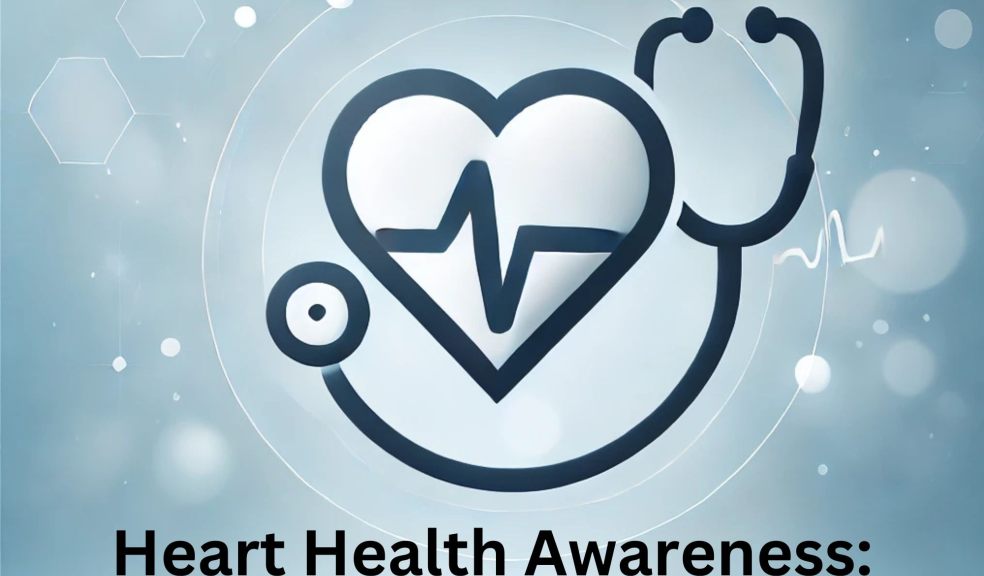
Heart Health Awareness: Recognizing the Signs and Exploring Treatments
Heart disease remains a leading cause of death in the UK, with significant implications for public health. Understanding the signs of heart conditions and the available treatments is crucial for early detection and management. This article delves into the symptoms of heart disease and discusses advanced treatment options like TAVI, which have been shown to reduce recovery times and improve outcomes for older or high-risk patients.
Understanding Heart Disease
Heart disease encompasses a range of conditions affecting the heart's structure and functions. In the UK, approximately 7.6 million people live with a heart or circulatory disease, with heart diseases causing one in four deaths in Englandcognizing the Signs
Early recognition of heart disease can save lives. Symptoms vary but commonly include chest pain, shortness of breath, dizziness, and palpitations. More subtle signs might include unexplained fatigue, irregular heartbeat, and swelling in the legs and ankles due to poor blood circulation.
Risk Factors
Understanding risk factors is crucial in preventing heart disease. Key risk factors include smoking, high blood pressure, high cholesterol, diabetes, obesity, and a family history of heart disease. Lifestyle choices such as a diet high in saturated fats and low in fruits and vegetables, physical inactivity, and excessive alcohol use can also increase the risk.
Treatments for Heart Disease
Treatment options for heart disease range from lifestyle changes and medications to more invasive procedures like surgery. For conditions like severe aortic stenosis, treatments have evolved from traditional open-heart surgery to less invasive procedures such as TAVI, which is becoming a preferred option due to its efficacy and reduced recovery times.
What is TAVI?
Transcatheter Aortic Valve Insertion (TAVI) is a minimally invasive procedure used to replace a narrow aortic valve that can't open properly. It is generally recommended for older adults and those at high risk from traditional surgery. TAVI can significantly improve quality of life and survival rates among patients with severe symptomatic aortic stenosis.
How TAVI Works
During a TAVI procedure, a collapsible artificial valve is delivered to the heart through a catheter inserted via the femoral artery in the leg. The new valve is positioned inside the diseased aortic valve and begins to function immediately, resulting in improved blood flow.
Benefits of TAVI
TAVI offers numerous benefits over traditional surgery, including shorter hospital stays, quicker recovery times, and reduced procedural risks. It is particularly advantageous for patients who are considered unsuitable for surgery due to other medical conditions. For those curious about the financial aspects of this treatment, understanding how much does a TAVI procedure cost in the UK is crucial, as the costs can vary based on several factors, including hospital and specific patient needs.
Preparing for a TAVI Procedure
Preparation for a TAVI procedure involves several preoperative tests, discussions with your healthcare provider about the risks and benefits, and arrangements for post-procedure care. Patients may also need to manage medications carefully and plan for a recovery period at home.
Conclusion
Heart health awareness is vital for preventing and managing heart disease. Recognizing the signs and understanding the treatment options available, including innovative procedures like TAVI, are crucial steps in managing heart health. Patients considering TAVI should discuss extensively with their healthcare providers to ensure it is the right choice for their specific conditions.

















